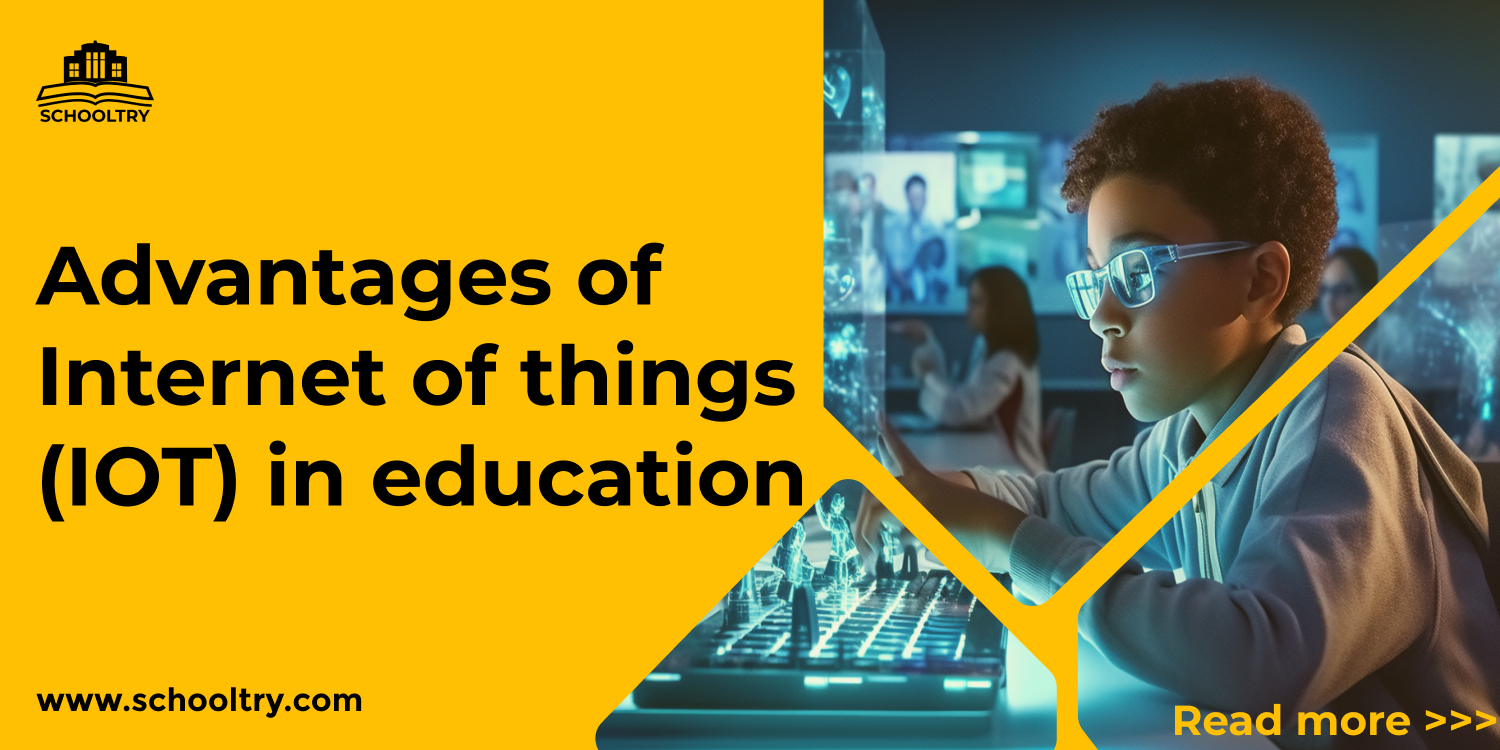It is no longer news that technology plays a major role in the academic success of students in the present digital age. The Internet of things (IoT) transforms education, bringing numerous benefits that improve learning for both students and educators, revolutionizing the field. That is why discussing a topic like Advantages of Internet of things (IOT) in Education is essential.
Let’s dive in,
What is the Internet of Things?
The term IoT, or Internet of Things, refers to the collective network of connected devices and the technology that facilitates communication between devices and the cloud, as well as between the devices themselves.
Additionally, the Internet of Things integrates everyday “things” with the internet. This means everyday devices like toothbrushes, vacuums, cars, and machines can use sensors to collect data and respond intelligently to users.
Furthermore, IoT transforms education by creating smart classrooms, enabling remote learning, and providing personalized experiences. It enhances safety through smart monitoring systems and facilitates hands-on learning via immersive technologies.
Internet of things IOT Devices
1. Smart Boards:
Interactive whiteboards equipped with IoT sensors allow for dynamic presentations, collaborative learning, and real-time data collection on student engagement.
2. Wearable Devices:
Smartwatches and fitness trackers can monitor students’ physical activity levels, sleep patterns, and overall well-being, promoting a healthy lifestyle conducive to learning.
3. Tablets and Laptops:
Connected devices enable access to digital textbooks, educational apps, and online resources, facilitating personalized learning and remote collaboration.
4. Sensors and Beacons:
Embedded sensors can collect data on classroom temperature, lighting, and air quality, creating optimal learning environments that enhance student focus and productivity.
5. RFID Technology:
RFID tags on books, equipment, and student IDs streamline library management, attendance tracking, and access control, improving operational efficiency and security.
Advantages of the Internet of Things (IoT) in Education
1 . Remote learning opportunities:
2 . Campus safety and security:
3.Smart classroom:
IoT makes classrooms smarter by connecting different devices like interactive whiteboards and sensors. This transforms regular classrooms into exciting places where learning is more engaging.
For instance, with IoT, smart boards can track how students are participating, helping teachers teach in a way that suits each student best.
Conclusion
The Internet of Things has great potential to change education by making collaboration, personalization, and safety better.
Additionally, schools using IoT will be able to create exciting learning spaces that encourage creativity, thinking, and learning for all round student’s academic success.
Are you a school owner or administrator in need of a web solution like SchoolTry to automate, digitize or transform your school works. Click on this link to register for free and see how it works.




